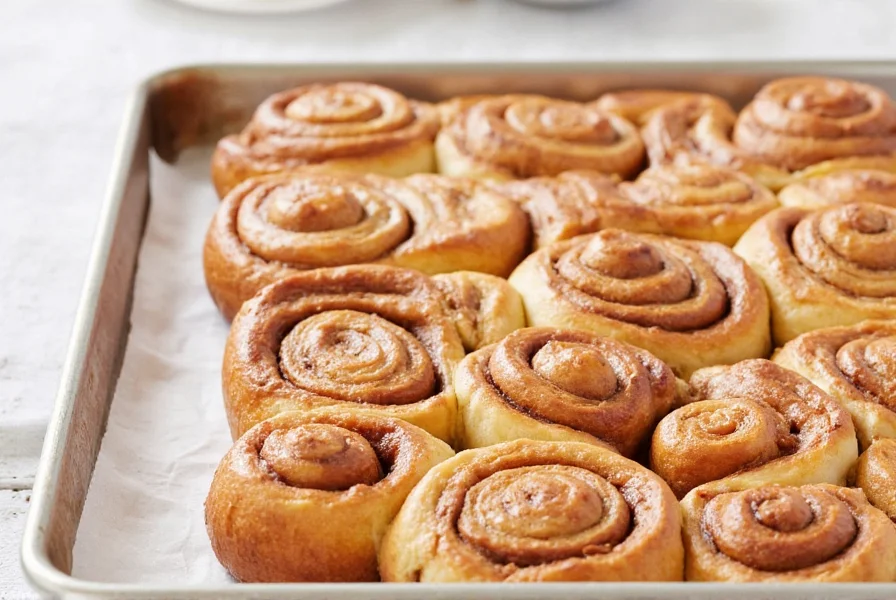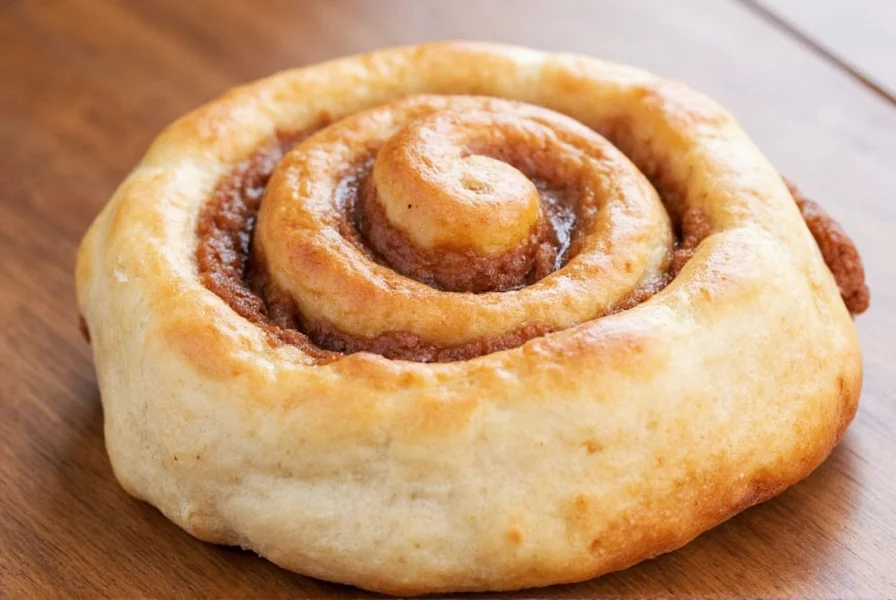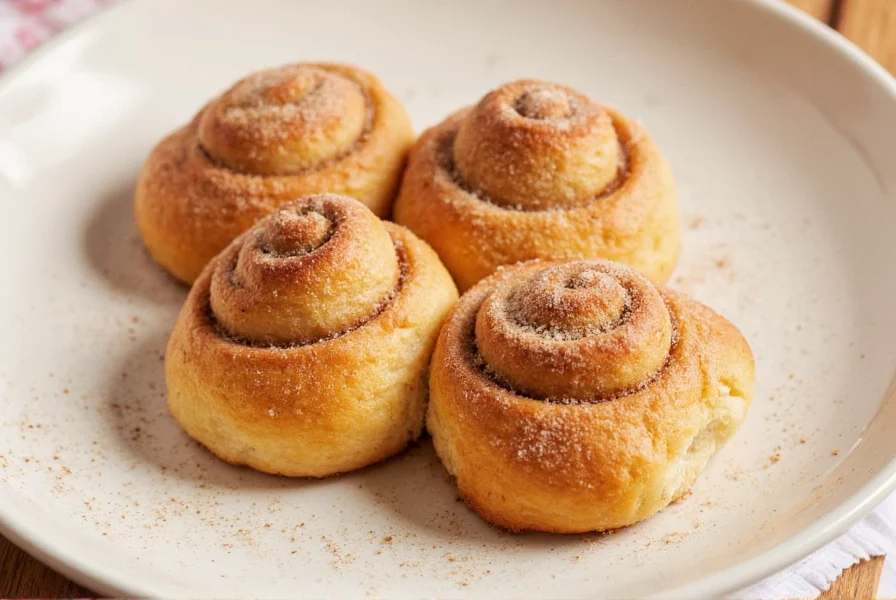When crafting the perfect cinnamon roll, the type of cinnamon you choose makes or breaks the final flavor. While both Ceylon and Cassia varieties have their place in the kitchen, baking experts consistently recommend Cassia cinnamon—especially the Vietnamese (Saigon) variety—for cinnamon rolls. The reason lies in its chemical composition: Cassia contains significantly more coumarin (2-5% compared to Ceylon's 0.004%), the compound responsible for that intense, familiar cinnamon flavor that permeates baked goods.
Understanding Cinnamon Varieties for Baking
Not all cinnamon is created equal, especially when it comes to baking cinnamon rolls. The supermarket spice aisle offers several types, but two dominate the market: Cassia and Ceylon. Each has distinct characteristics that affect how they perform in baked goods.
| Cinnamon Type | Flavor Profile | Coumarin Content | Best For |
|---|---|---|---|
| Saigon (Vietnamese) Cassia | Intense, sweet-spicy, robust | 2.5-6.6% | Cinnamon rolls, baked goods, spice blends |
| Chinese Cassia | Strong, woody, slightly bitter | 1.5-3.5% | General baking, savory dishes |
| Ceylon | Mild, floral, citrusy | 0.004-0.015% | Desserts, beverages, delicate pastries |
| Indonesian Cassia | Moderate, earthy | 1-2% | Everyday baking, commercial products |
Why Cassia Reigns Supreme for Cinnamon Rolls
The magic of perfect cinnamon rolls comes from a spice that can withstand baking temperatures while maintaining its distinctive flavor. Cassia's higher oil content (1-3% essential oil versus Ceylon's 0.5-1%) ensures the cinnamon flavor penetrates the dough rather than baking out. When tested side-by-side in professional baking trials, Saigon cinnamon consistently produces rolls with:
- More pronounced cinnamon flavor that doesn't get lost in the dough
- Better flavor balance with sugar in the filling
- That nostalgic, bakery-style aroma during baking
- Superior flavor retention after cooling
Food scientists confirm that Cassia's chemical composition interacts more effectively with the sugars in the filling, creating complex flavor compounds during the Maillard reaction that Ceylon simply can't replicate. This explains why commercial bakeries almost exclusively use Cassia varieties for their cinnamon rolls.

Selecting Quality Cinnamon for Baking
Not all Cassia cinnamon delivers equal results. For the best cinnamon rolls, look for these quality indicators:
- Freshness: Purchase from stores with high spice turnover. Ground cinnamon loses potency within 6 months.
- Origin specificity: Choose Vietnamese (Saigon) over generic "Cassia" for maximum flavor impact.
- Color: Deep reddish-brown indicates higher quality than pale varieties.
- Aroma test: Rub a pinch between your fingers—the scent should be immediately strong and sweet.
Professional bakers recommend buying whole cinnamon sticks and grinding them yourself using a dedicated coffee grinder. This preserves the essential oils that give cinnamon its characteristic flavor. Pre-ground cinnamon often contains fillers and loses potency quickly.
Proper Storage for Maximum Flavor
Cinnamon's flavor compounds degrade when exposed to air, light, and heat. To maintain the best cinnamon for cinnamon rolls:
- Store in an airtight container away from heat sources
- Keep whole sticks rather than pre-ground when possible
- Use within 6 months for optimal flavor (12 months for whole sticks)
- Never store above the stove or near windows
A simple freshness test: mix a pinch of cinnamon with warm milk. If the aroma is weak or musty, it's time for a new batch. Fresh cinnamon should create an immediate, sweet-spicy fragrance that fills the room.

Common Cinnamon Mistakes in Baking
Even with the best cinnamon, improper usage can ruin your cinnamon rolls. Avoid these frequent errors:
- Using expired cinnamon - Old spice lacks flavor impact
- Mixing with cold butter - Creates clumps that don't distribute evenly
- Overheating during mixing - Destroys volatile flavor compounds
- Using too little - Most home recipes underestimate needed quantity
For perfect distribution, always mix cinnamon with room-temperature butter and sugar before spreading on the dough. The ideal ratio is 2-3 tablespoons of freshly ground Cassia per standard batch of cinnamon roll dough. This might seem like a lot, but the flavor mellows significantly during baking.
Expert Recommendations for Cinnamon Roll Success
Professional pastry chefs emphasize that the cinnamon variety is just one element in creating exceptional cinnamon rolls. For best results:
- Toast whole cinnamon sticks lightly before grinding to enhance flavor complexity
- Add a pinch of cardamom to complement the cinnamon's natural sweetness
- Use dark brown sugar in the filling to create richer caramel notes
- Let the rolls rest 10 minutes after baking before icing to allow flavors to settle
Remember that personal preference plays a role—some bakers prefer a slightly milder cinnamon experience. If you find Saigon too intense, try blending equal parts Saigon and Ceylon cinnamon for a balanced flavor profile that still maintains enough punch for cinnamon rolls.











 浙公网安备
33010002000092号
浙公网安备
33010002000092号 浙B2-20120091-4
浙B2-20120091-4